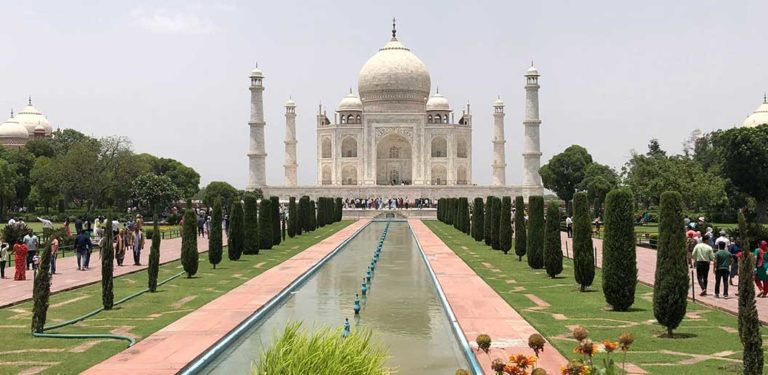The United Nations Educational, Scientific and Cultural Organization, better known as UNESCO, contributes to peace and security by promoting international cooperation in education, sciences, culture, communication, and information. The UNESCO World Heritage Sites are landmarks or areas recognized for their universal value in cultural, historical, scientific, or environmental significance.
The idea for a global initiative to protect heritage sites emerged in the 1950s, culminating in UNESCO’s 1972 convention. This initiative was partly inspired by the international campaign to save the Nubian monuments in Egypt, demonstrating the potential for global cooperation in preserving cultural heritage. The convention outlined the criteria for designating sites with “outstanding universal value,” leading to the first list of World Heritage Sites in 1978.
Globally, some of the most celebrated UNESCO World Heritage Sites include:
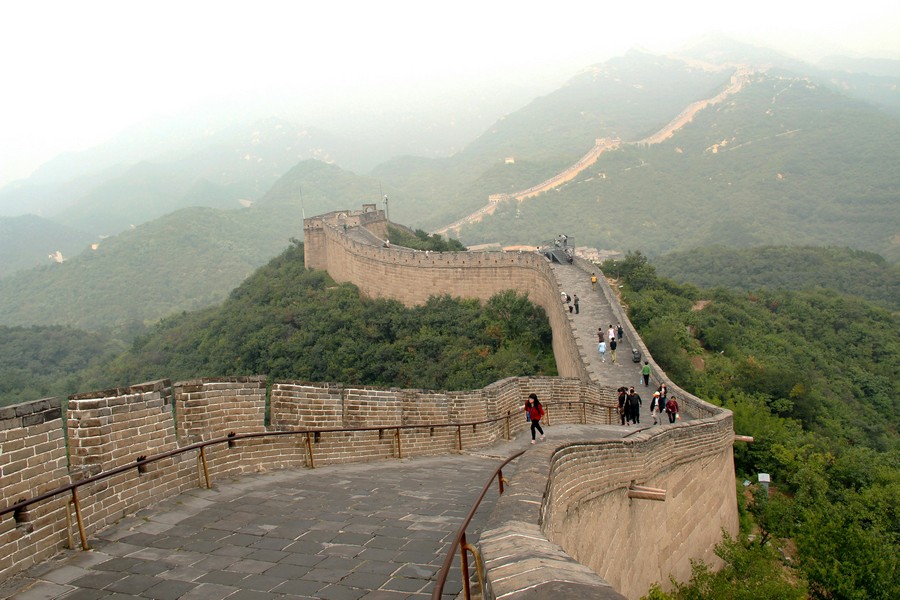
The Great Wall of China
The Great Wall of China, an iconic symbol of Chinese strength and engineering brilliance, stretches over 21,000 kilometers. Originally built as a series of fortifications to protect Chinese states and empires against invasions, the wall’s construction started as early as the 7th century BC, with the most famous sections built during the Ming dynasty (1368–1644). The Great Wall traverses a range of terrains, from mountains to deserts, and is a monumental feat of ancient defensive architecture.

Machu Picchu, Peru
Machu Picchu, set high in the Andes Mountains of Peru, is often referred to as the “Lost City of the Incas.” Built in the 15th century, this city was abandoned just over 100 years later during the Spanish Conquest, though it was never discovered by the Spanish, preserving its architectural and historical integrity. The site includes over 150 buildings, ranging from baths and houses to temples and sanctuaries, and is an outstanding example of Inca engineering with its terraced fields, polished dry-stone walls, and astute water management systems.
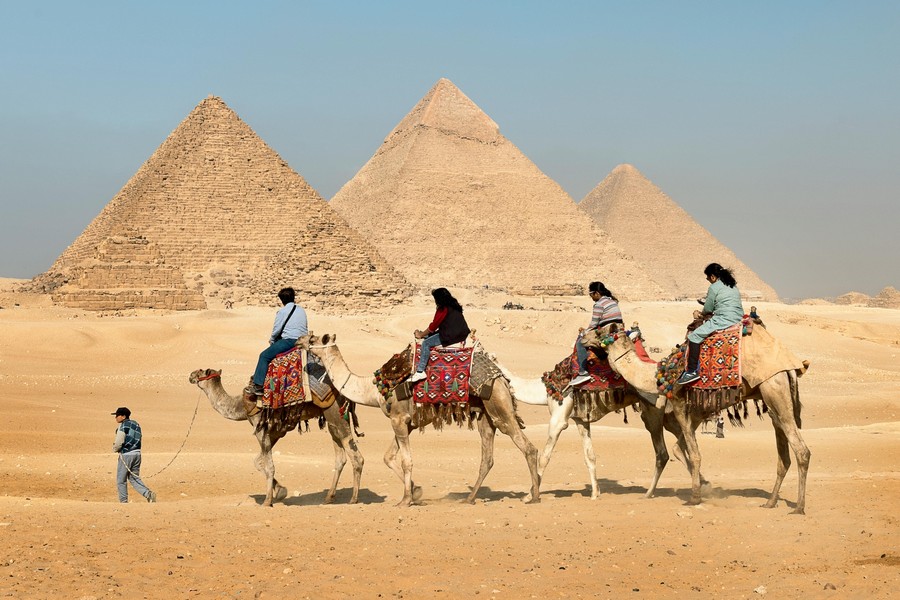
The Pyramids of Giza, Egypt
The Pyramids of Giza, located on the outskirts of Cairo, are the only surviving ancient wonder of the world. Built over 4,500 years ago as tombs for the Pharaohs, these monumental structures are a testament to the engineering prowess and religious beliefs of ancient Egyptians. The largest pyramid, the Great Pyramid of Cheops, was the tallest man-made structure in the world for over 3,800 years.
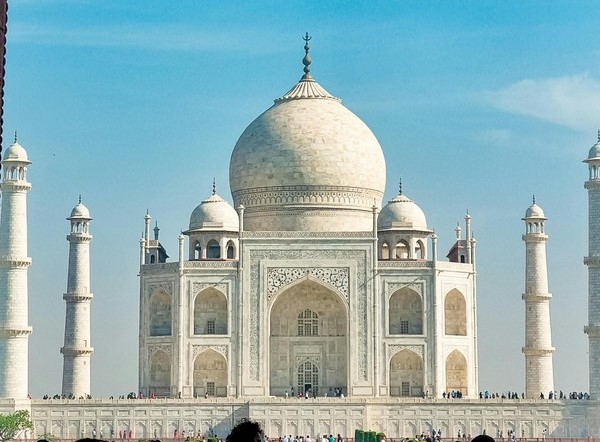
The Taj Mahal, India
The Taj Mahal in Agra, India, is a white marble mausoleum built by Emperor Shah Jahan in memory of his wife Mumtaz Mahal. Completed in 1653, this iconic symbol of love is renowned for its stunning beauty, intricate craftsmanship, and harmonious design. It combines elements from Islamic, Persian, Ottoman Turkish, and Indian architectural styles, making it one of the most admired masterpieces of world heritage.
Southeast Asia, rich in cultural and natural heritage, boasts several renowned UNESCO World Heritage Sites:

Angkor Wat, Cambodia
Angkor Wat stands as the pinnacle of the ancient Khmer Empire’s architectural prowess, representing a symbolic microcosm of the Hindu universe. This temple complex, the largest religious monument in the world, was originally constructed in the early 12th century under King Suryavarman II. Its layout is designed to represent Mount Meru, the center of the universe in Hindu and Buddhist cosmology, surrounded by oceans and bounded by mountain ranges. The site is famous for its grand scale, intricate bas-reliefs, and the precision of its construction, reflecting the peak of Khmer architectural and artistic achievement.
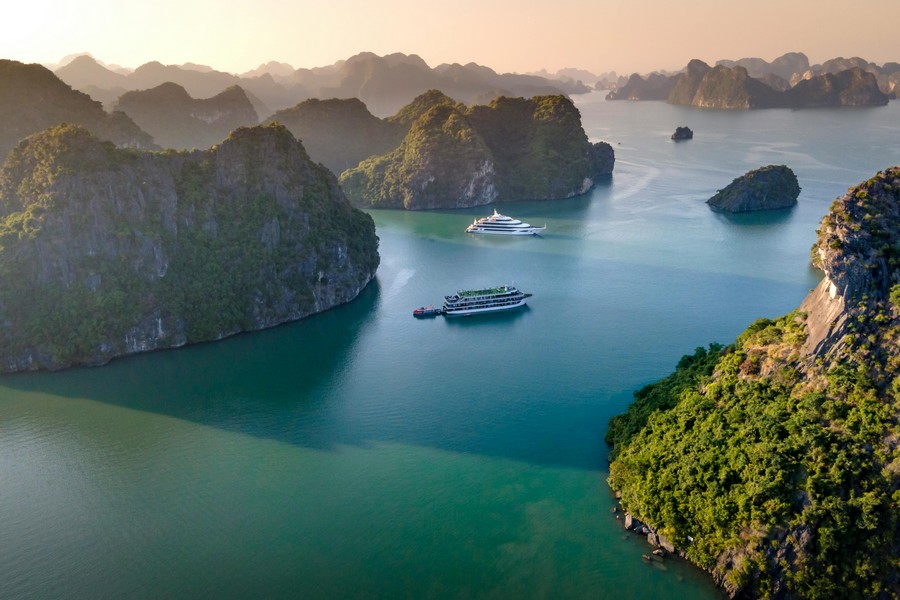
Ha Long Bay, Vietnam
Ha Long Bay, known for its emerald waters and thousands of towering limestone islands topped with rainforests, is a natural wonder in northern Vietnam. These islands, many of which are uninhabited, form spectacular seascape sceneries that are the result of millions of years of geological evolution. The bay’s water is home to a rich biodiversity, including coral reefs, freshwater swamp forests, and mangrove forests, contributing to its designation as a UNESCO World Heritage site.
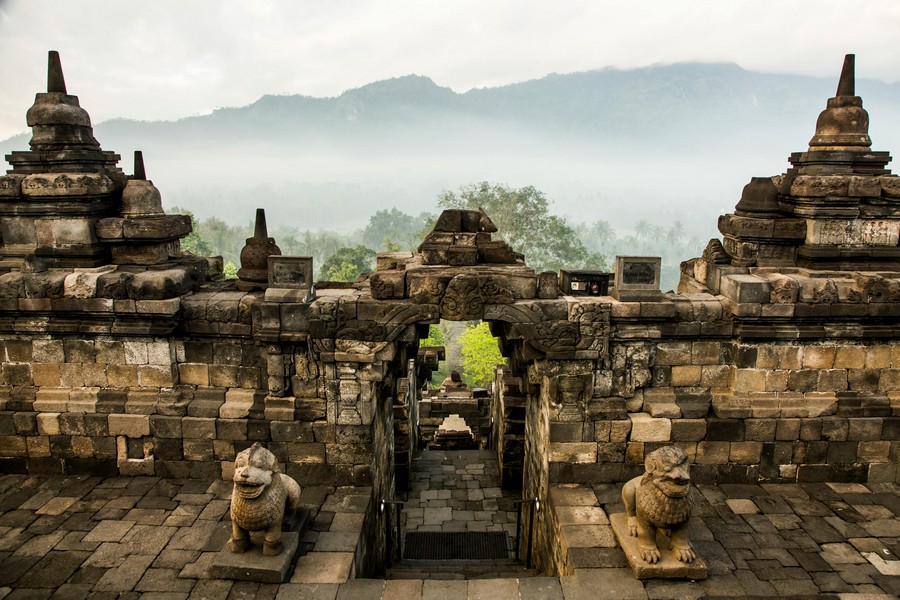
Borobudur Temple, Indonesia
Borobudur, located in central Java, Indonesia, is the largest Buddhist monument in the world. Dating back to the 9th century, this massive temple was built with an estimated 2 million blocks of stone and is adorned with 2,672 relief panels and 504 Buddha statues. The design of Borobudur, which symbolizes the Buddhist cosmology and the path to enlightenment, is a stepped pyramid consisting of six square terraces topped by three circular platforms, with a monumental stupa at the center.
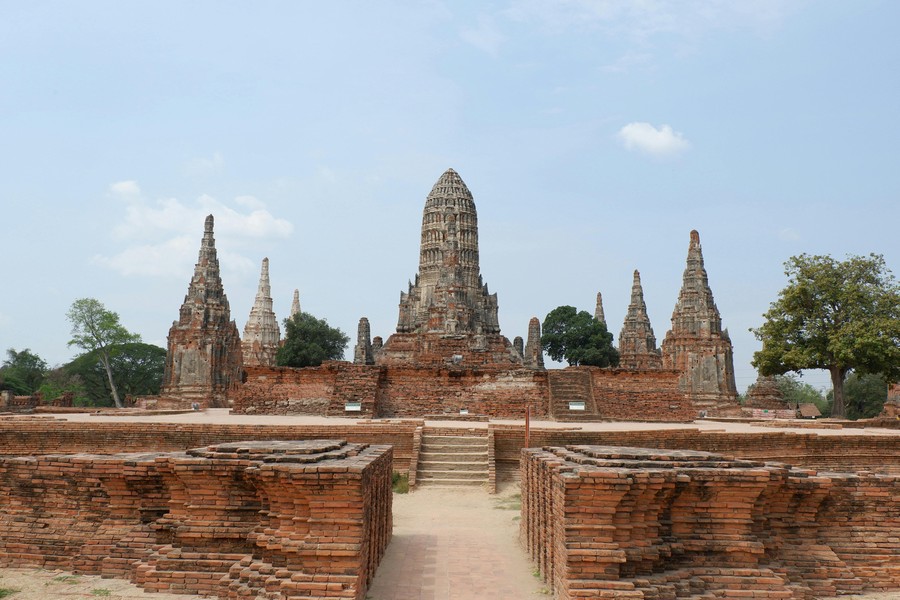
Historic City of Ayutthaya, Thailand
The Historic City of Ayutthaya, founded in 1350, was the second capital of the Siamese Kingdom. It flourished from the 14th to the 18th centuries, during which it grew to be one of the world’s largest urban areas and a center of global diplomacy and commerce. The city was renowned for its grandeur and the beauty of its palaces and temples, before being destroyed by the Burmese army in 1767. Today, the ruins of this ancient city, including prangs (reliquary towers) and gigantic monasteries, stand as a testament to its past splendor and are a major draw for visitors worldwide.

UNESCO’s Intangible Cultural Heritage and Documentary Heritage
UNESCO’s commitment to preserving cultural heritage extends beyond physical sites to encompass intangible cultural heritage and documentary heritage. Intangible cultural heritage includes practices, representations, expressions, knowledge, and skills that communities, groups, and in some cases, individuals recognize as part of their cultural heritage. This encompasses a wide array of living expressions inherited from ancestors and passed on to descendants, such as oral traditions, performing arts, social practices, rituals, festive events, knowledge and practices concerning nature and the universe, and traditional craftsmanship knowledge and techniques.

Documentary heritage, on the other hand, pertains to documents of particular significance that have been preserved on materials like paper, parchment, and digital formats. These documents reflect the social, political, and cultural development of societies. Significant documents and records like the Gutenberg Bible, the Diary of Anne Frank, and the Magna Carta are prime examples of documentary heritage that UNESCO aims to protect and preserve. The Gutenberg Bible represents a pivotal moment in the history of printing, the Diary of Anne Frank offers a poignant insight into the life of a young girl during the Holocaust, and the Magna Carta is a cornerstone of constitutional history, symbolizing the principle of the rule of law.

A recent addition to the UNESCO Documentary heritage is Diary from the Years of Occupation: 1939-1944″ by Dr. Zygmunt Klukowski. Klukowski was a Polish doctor and historian who lived through the German and Soviet invasions and occupations of Poland. His diary entries offer an intimate look at the daily challenges, hardships, and resistance efforts faced by the Polish people under occupation. The diary is not only a personal account but also serves as an important historical document, offering scholars and readers a grassroots perspective on the complexities of war, occupation, and resistance. The diary is often praised for its detailed recording of events, its historical accuracy, and its emotional depth, making it a crucial source for understanding World War II’s impact on Poland and its people.
These initiatives by UNESCO highlight the importance of cultural diversity and the need to preserve the cultural and historical sites, and narratives of communities around the world. By safeguarding these sites, cultural expressions, and documents, UNESCO helps ensure that future generations can inherit and continue to enrich the cultural legacy of humanity while enhancing our grasp of the complex interplay between culture and nature through history.
For more information on UNESCO’s World Heritage project, visit www.unesco.org › en › world-heritage.


